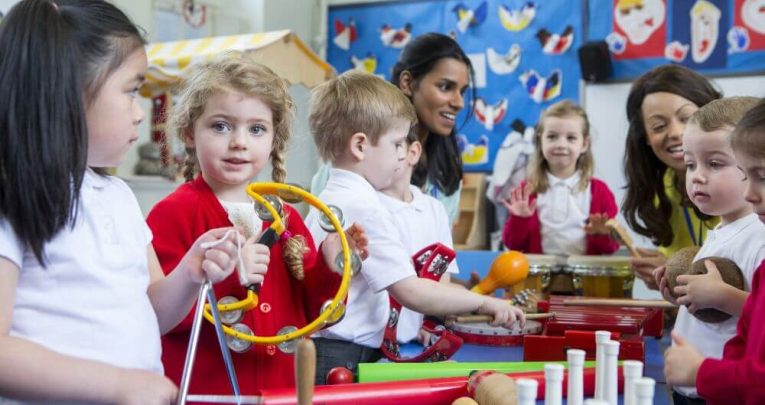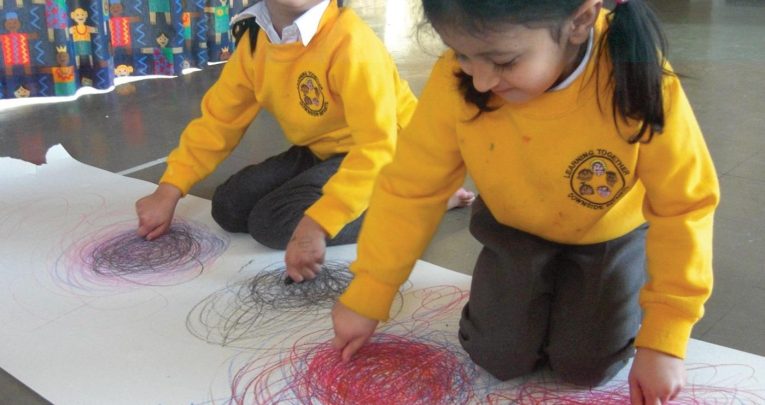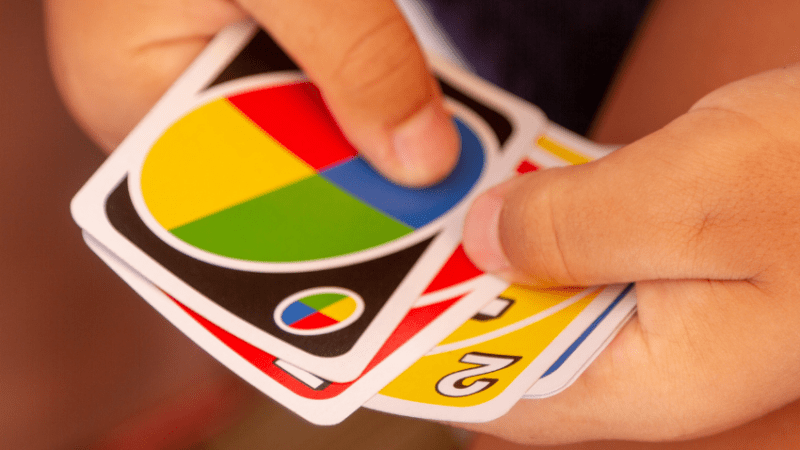Primary music ideas – four guiding principles for classroom activities
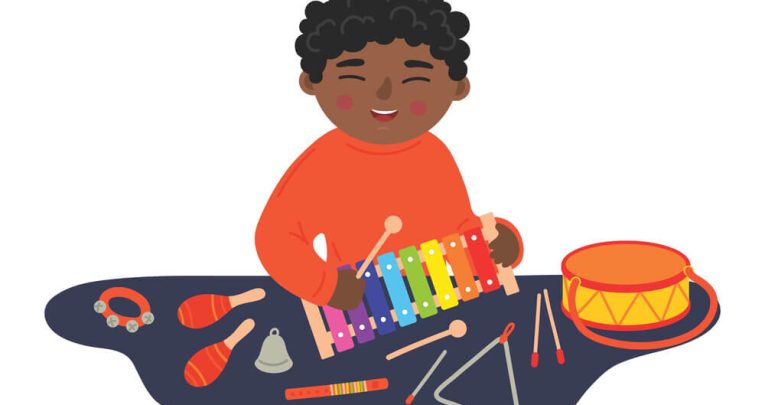
Although often a subject that gets left behind in primary school, music can bring a whole new level of enjoyment and engagement to your classroom, says Vaughan Fleischfresser…
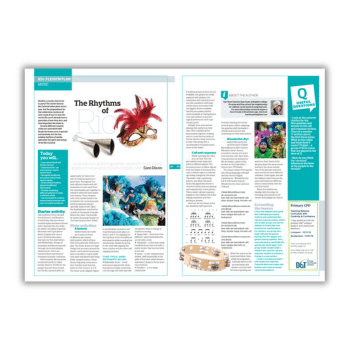
Do you fancy yourself on the dance floor? Love singing in the shower? Do you have an eclectic music collection? Or maybe you’re a film score buff? If you answered yes to any of these questions, then the door to filling your classroom with the joys and benefits of music is just waiting to be opened.
A quick search on its benefits will present you with incontrovertible evidence that music should be at the forefront of any child’s education.
However, taking those first steps to including it in your day-to-day teaching can be a daunting one, especially if you think that music ‘isn’t your thing’.
Well, today, I’m here to tell you that it can be your thing. All it takes is a love of music and a willingness to have a go.
When I made the unexpected move from secondary music teaching to primary, I had to start anew, and it was these four guiding principles that got me started: get them moving; get them singing; get them creating; get them sharing.
So, here are some practical tips to help you use these principles to fill your classroom with musical delight…
Get them moving
Children love to dance and express themselves physically. You can tie this into your classroom learning through various different activities.
For example, choose a song that you love, or one that your pupils love, or both. Music that has a strong and obvious beat would be best. Start by letting the pupils move freely to the sounds.
Once they’ve had some freedom to express themselves, it’s time to focus more explicitly on the beat, which is the continuous pulse felt throughout a piece of music.
First, tap specific parts of your body for eight beats, or pulses, at a time – thighs, tummy, head, clap, or stamp. Then, as the children grow in confidence, reduce the number of beats on each part of the body to four, then two.
Once the children grow in confidence, you can create different patterns to add levels of interest and challenge. Finally, let the children take the lead and run the activity. Have them take turns at coming out the front and leading as above. They love this!
Get them singing
Singing is such a wonderful way of building confidence and a sense of togetherness. The benefits for mental health and wellbeing are numerous, too.
Children, especially those in the early years, love to sing, but often this is lost simply through a lack of engagement. Therefore, I implore you to do all you can to normalise singing in your classroom and in your school.
You don’t need to be an expert; you just need to be willing to have a go. My wife would be the first to tell you that I’m not the best singer in the world, but I love it and I instil in my pupils a mantra of singing being for enjoyment.
There are countless subscription-based websites that provide ready-made, topic and unit-based songs for you, so all you need to do is create a supportive and encouraging environment and sing with your children every day.
Googling ‘singing resources for primary schools’ is a great first step.
YouTube is another useful resource for singing with your pupils. I have found in schools where singing isn’t a part of the culture, starting with ‘karaoke time’ is a safe jump-off point.
Pupils love it as it’s fun and pressure-free, and you can easily find tracks on YouTube. Have a go, make it enjoyable, and make it normal.
Get them creating
When given the opportunity, children create the most wonderful music, and this can easily be weaved throughout your teaching.
A great starting point is patterns, which can be turned into rhythms, and then into melodies. Choose one- or two-syllable words linked to the topic of the day.
Trending
For example, you might use shapes, colours, food, or character names from books. The one-syllable word becomes a long sound, while the two-syllable word becomes two shorter sounds.
Get your children to put them in patterns of four beats and clap the syllables while saying the words in time.
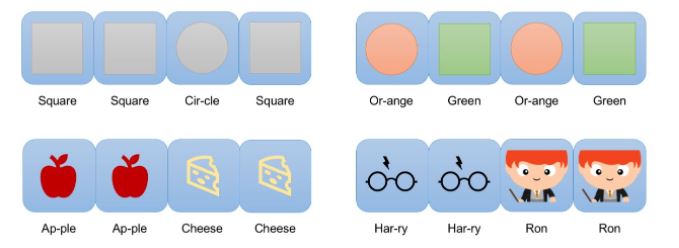
Pupils can also play along with percussion instruments if you have any lying around. If you don’t have instruments, be creative with classroom objects, like pencils.
Finally, you can combine patterns together to create longer ones, and even look at texture and structure by getting different groups to perform their patterns at different times.
Get them sharing
Music is very personal, and you can learn so much about someone by sharing and talking about it together. To give you an example, I once worked in a rural primary school where I started ‘Music Lunch’ on a Friday.
Pupils would bring their food along, and we would listen to music chosen by them, and talk about why they liked it and why others may or may not like what they’d chosen.
This time became so popular I had to create a weekly schedule of year levels and sharers so that it could remain manageable. It was my favourite time of the week.
If you don’t have the time or capacity for a lunchtime group, you can adapt this for a classroom-specific activity – ‘imaginative listening’.
To start, choose a piece of instrumental music – BBC Ten Pieces is a great resource – and get your children to listen to the track and create a story in their head, inspired by what they’ve heard.
In the Hall of the Mountain King’ by Edvard Greig is a good starting point, as this piece of music goes from quiet to loud, slow to fast, and from peaceful to dramatic, all in the space of a couple of minutes. Children come up with the most wonderful stories having listened to it.
As they say, the journey of a thousand miles starts with the first step, and so it is with teaching music.
Hopefully, I’ve given you one or two ideas that you’d be willing to try with your pupils. From experience, they’ll thank you in abundance for doing so. Music needn’t take time away from your day.
On the contrary, it can enhance your time and give you more meaningful ways to engage, energise, and enthuse your pupils. Looking for a way to start the day? Why not try ‘get them moving’ or ‘get them singing’.
Finding it hard to settle your class after a break? Try some ‘imaginative listening’ from ‘get them sharing’. Looking for some different ways to approach or consolidate content in class? Have a go at one of the activities suggested in ‘get them creating’.
And remember, music is for everyone. Aim to include music in your class over the coming days, weeks, or months, and I can assure you that it will build your confidence and that of your pupils, as well as bringing new layers of joyous and beneficial learning to you all.
Break a leg!
Vaughan Fleischfresser is currently a music teacher at Edinburgh Academy Junior School. He is also a former music education teaching fellow at the University of Edinburgh.



